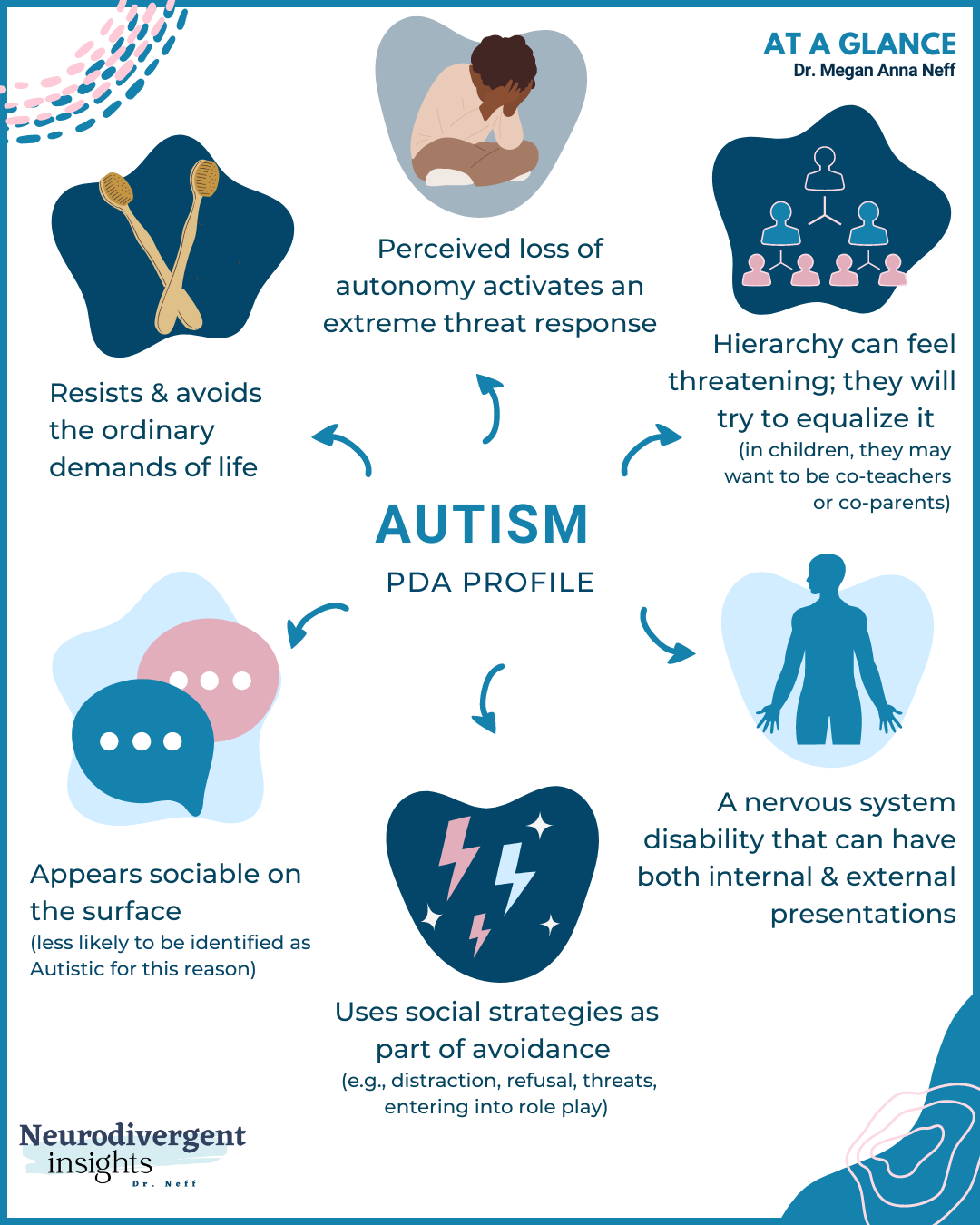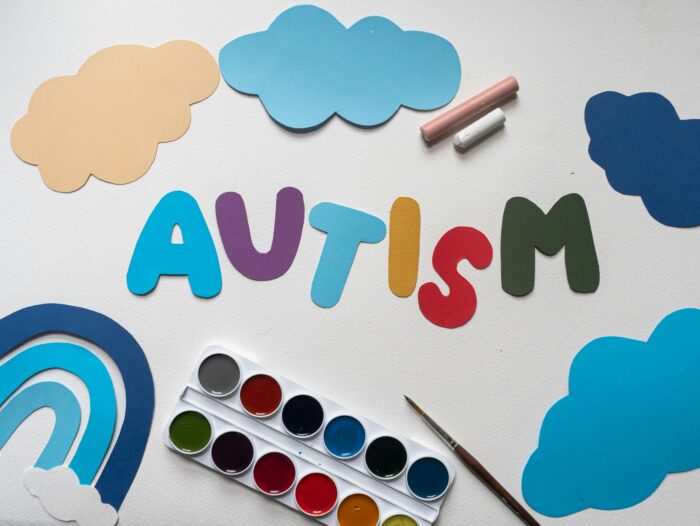Checking Out Autism: Methods for Efficient Interaction and Interaction
Effective communication and communication with individuals on the autism range demand an extensive understanding of their distinct demands and choices. The ins and outs of these approaches disclose more factors to consider that merit exploration, particularly in exactly how they can be adjusted to specific experiences and varied contexts.
Understanding Autism Spectrum Problem
Autism Spectrum Condition (ASD) incorporates a series of neurodevelopmental problems defined by difficulties in social communication, communication, and repeated habits. The term "range" mirrors the diverse indications and differing degrees of severity experienced by individuals with ASD. While some may show significant disabilities, others might display high-functioning characteristics, enabling better freedom in daily life.
The onset of ASD commonly occurs in early youth, with indicators frequently well-known by age 2. Early signs might include postponed speech growth, restricted eye call, and troubles in comprehending social cues. Although the specific etiology of ASD stays uncertain, research study recommends a combination of genetic and environmental factors plays a critical function in its growth.
As an outcome, treatments and support customized to specific requirements are crucial for cultivating interaction and social skills. Acknowledging the complexity of ASD is vital for advertising understanding, acceptance, and reliable strategies that facilitate purposeful communications with people on the range.

Importance of Clear Interaction
Efficient communication is essential for promoting understanding and connection, particularly for individuals with Autism Range Condition (ASD) Clear communication not only facilitates social communications but likewise improves the person's ability to share their thoughts, emotions, and demands. For individuals with ASD, the nuances of language can typically be testing; for that reason, using distinct and simple language is necessary.
In addition, clear communication assists lower frustration and anxiety that may emerge from misunderstandings. When messages are shared in a constant and direct manner, people with ASD are better geared up to analyze information accurately, which can considerably improve their social engagement and participation in numerous settings.
Developing regimens and using aesthetic assistances can further boost clear interaction. These techniques give individuals with predictable structures that assist comprehension and retention of info. In addition, proactively listening and being person during interactions promotes a helpful setting where individuals with ASD feel valued and comprehended.
Eventually, focusing on clear interaction not only empowers individuals with ASD however likewise cultivates even more meaningful connections with their peers, caregivers, and the larger neighborhood, leading the means for collaborative relationships and inclusive interactions. - autism
Non-Verbal Communication Methods
Communication prolongs beyond words, and for individuals with Autism Spectrum Disorder (ASD), non-verbal cues play a significant function in interactions. Non-verbal interaction methods can include faces, gestures, body language, and eye call, every one of which serve as vital parts for conveying purposes and emotions.
Understanding and interpreting these non-verbal signals can boost interactions with individuals with ASD. A warm smile or open position can produce an inviting environment, encouraging interaction. Making use of aesthetic aids-- such as image cards or symbols-- can link interaction voids and assist communicate messages more successfully.
It is also vital to be mindful of personal space, as people with ASD might have different comfort levels concerning closeness. Observing their reactions to physical distance can notify appropriate modifications.

Producing Encouraging Environments
Developing a supportive environment is critical for cultivating favorable communications and improving the well-being of people with Autism Spectrum Disorder (ASD) Such environments can substantially decrease anxiety and produce a sense of safety and security, enabling people to pop over to this web-site reveal themselves more freely.
To attain this, it is necessary to consider sensory level of sensitivities that individuals with ASD might experience. have a peek at this website Modifying the physical room to include soft illumination, marginal background sound, and comfortable seats can develop a soothing ambience. Furthermore, utilizing regular routines and clear aesthetic timetables can assist people anticipate shifts and reduce unpredictability, further advertising comfort.
Social rooms should be structured to minimize frustrating stimuli while giving possibilities for involvement in recommended activities. Assisting in locations designated for quiet time can likewise offer as a refuge during minutes of stress and anxiety. Notably, integrating components of selection encourages individuals, allowing them to work out agency in their setting.

Urging Social Interactions
Fostering social interactions amongst individuals with Autism Range Disorder (ASD) calls for intentional methods that prioritize comfort and involvement. Establishing foreseeable regimens can help in reducing anxiety, making social setups extra approachable. Producing organized atmospheres with specified duties and obligations enables people to involve without the overwhelming pressure of disorganized social characteristics.
Incorporating rate of interests and staminas right into social activities can serve as a driver for communication. As an example, organizing group activities around shared leisure activities or subjects of attraction can help with natural discussions and links. In addition, making use of visual supports, such as social scripts or pictorial schedules, can help in comprehending social signs and assumptions.
Designing ideal social actions is essential - autism. Adults and peers ought to demonstrate effective interaction techniques, consisting of active listening and turn-taking. Role-playing situations can also supply a risk-free area for people to practice these skills
Finally, promoting peer connections with inclusive practices is necessary. Motivating inclusive playdates or group outings can create image source possibilities for socializing in a comfortable setting. By implementing these teachers, approaches and caretakers can substantially improve social interactions for people with ASD, promoting their total social advancement and well-being.
Conclusion
In conclusion, efficient interaction and communication techniques are necessary for sustaining individuals with Autism Spectrum Condition. Inevitably, these techniques equip people with autism to browse social landscapes, promoting their overall wellness and making it possible for the development of enduring partnerships.
Effective communication and interaction with individuals on the autism range demand an extensive understanding of their one-of-a-kind demands and preferences. Clear communication not just assists in social communications yet also boosts the person's ability to express their demands, feelings, and thoughts.Fostering social interactions amongst people with Autism Range Condition (ASD) needs deliberate techniques that prioritize convenience and involvement. By applying these educators, approaches and caretakers can dramatically improve social interactions for people with ASD, advertising their overall social growth and wellness.
In conclusion, reliable communication and interaction strategies are crucial for supporting individuals with Autism Range Disorder.